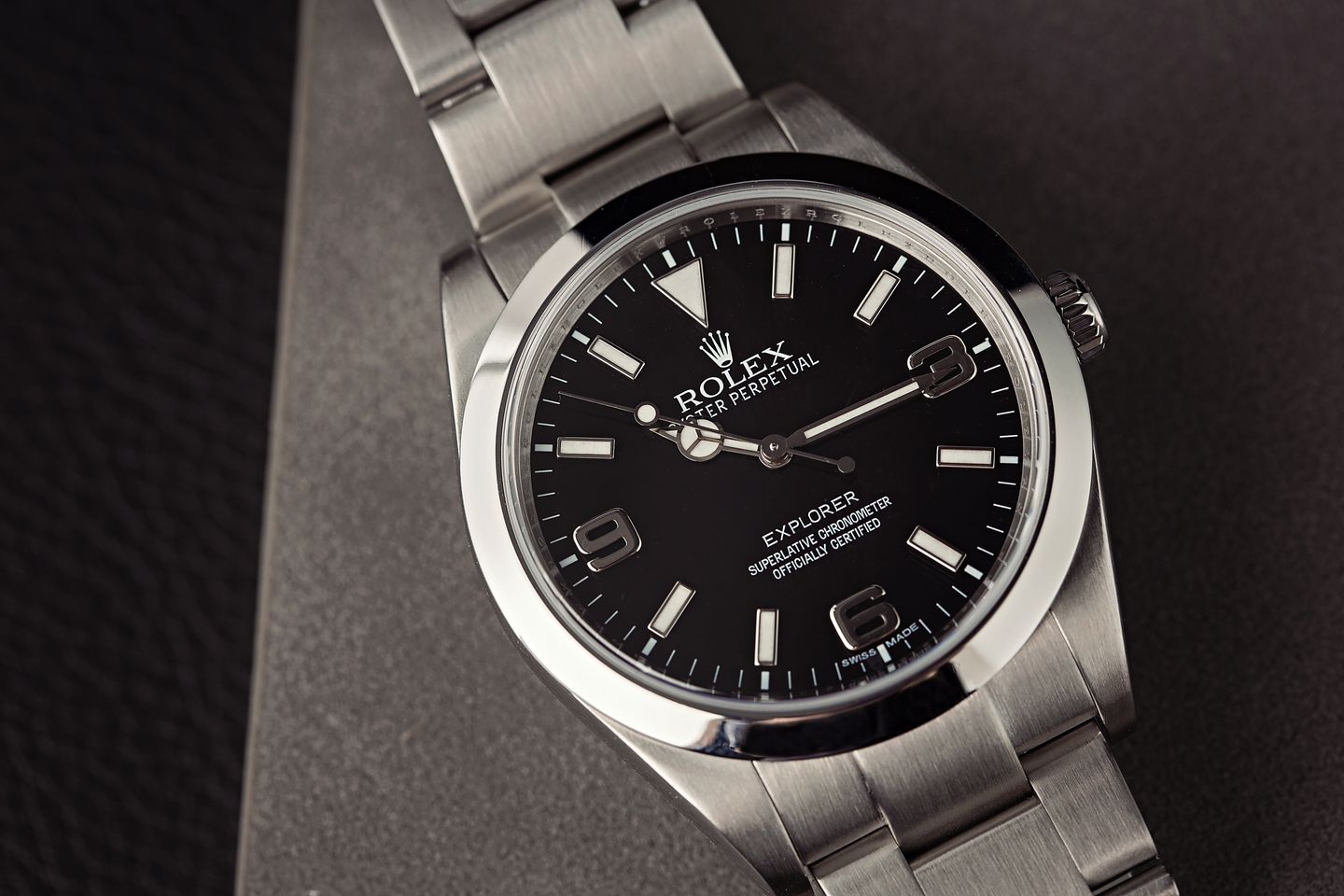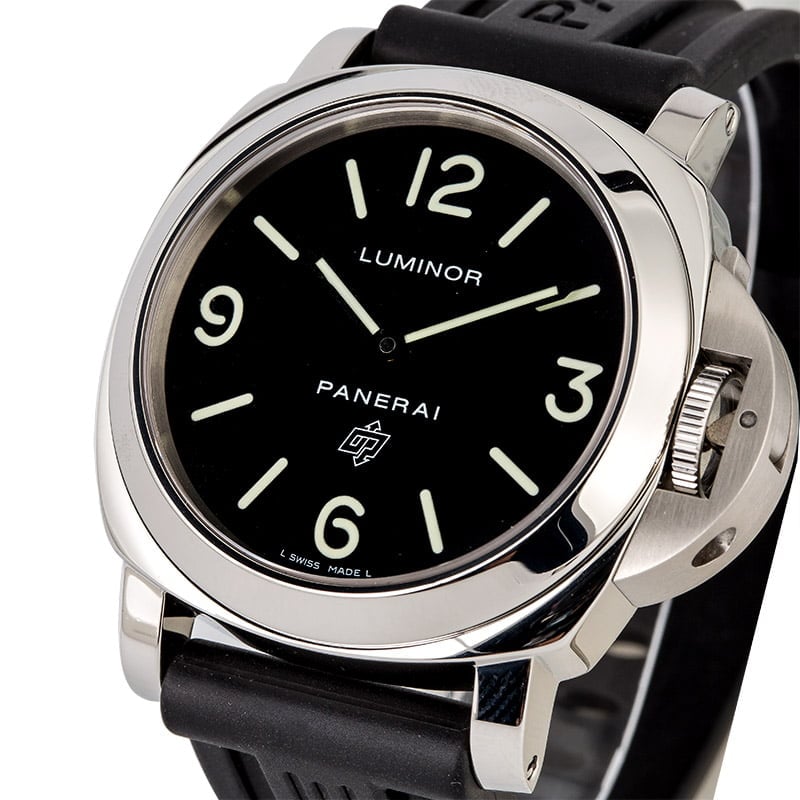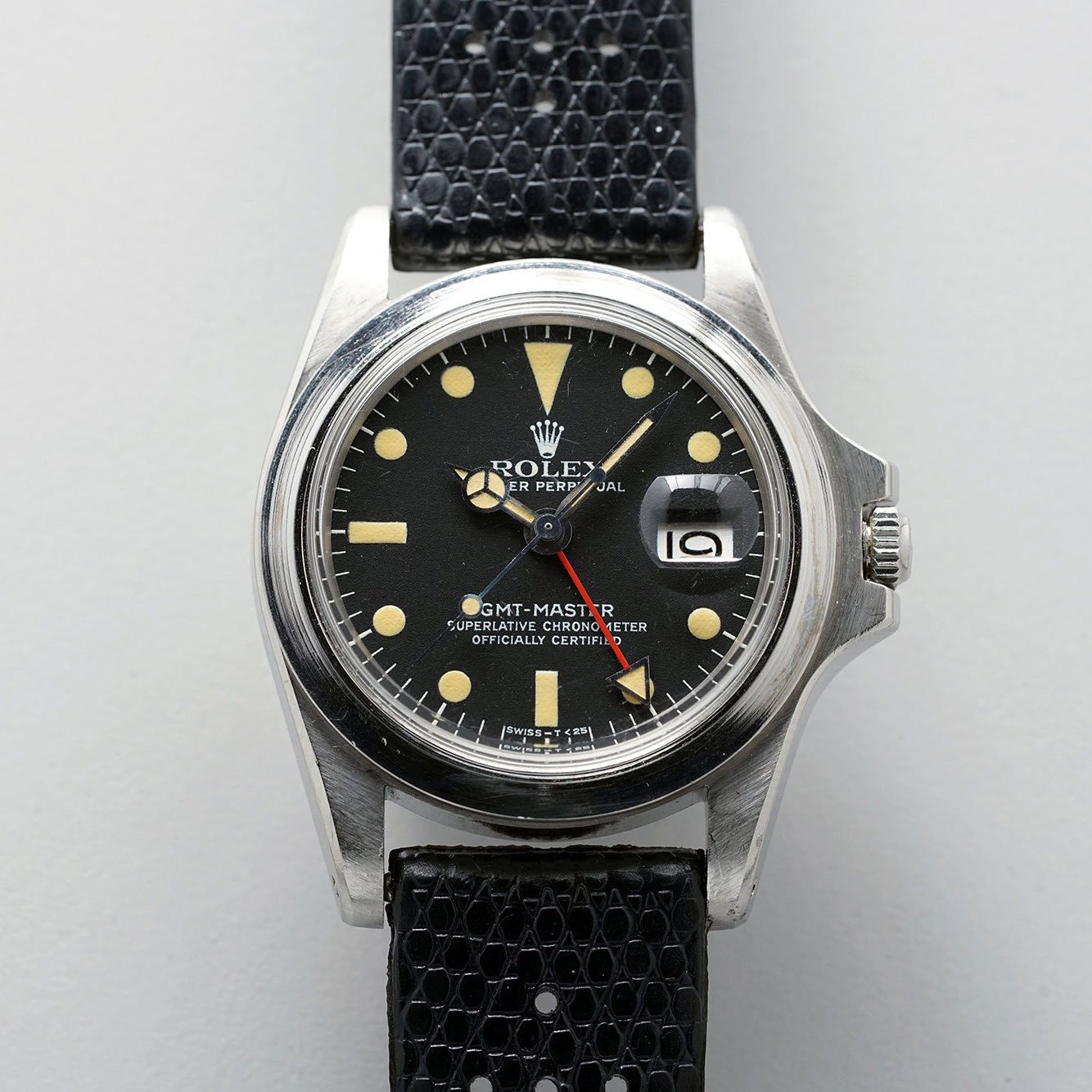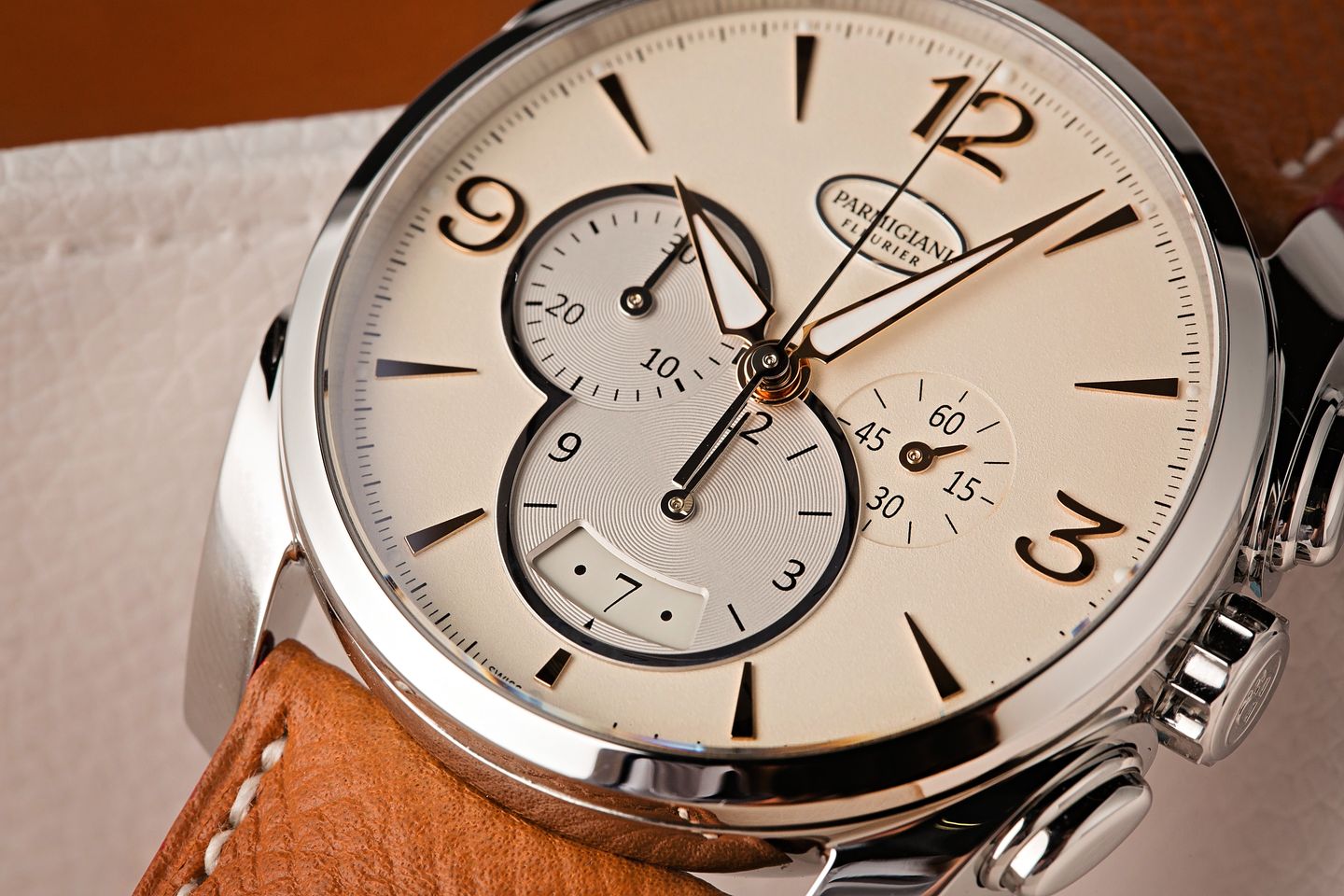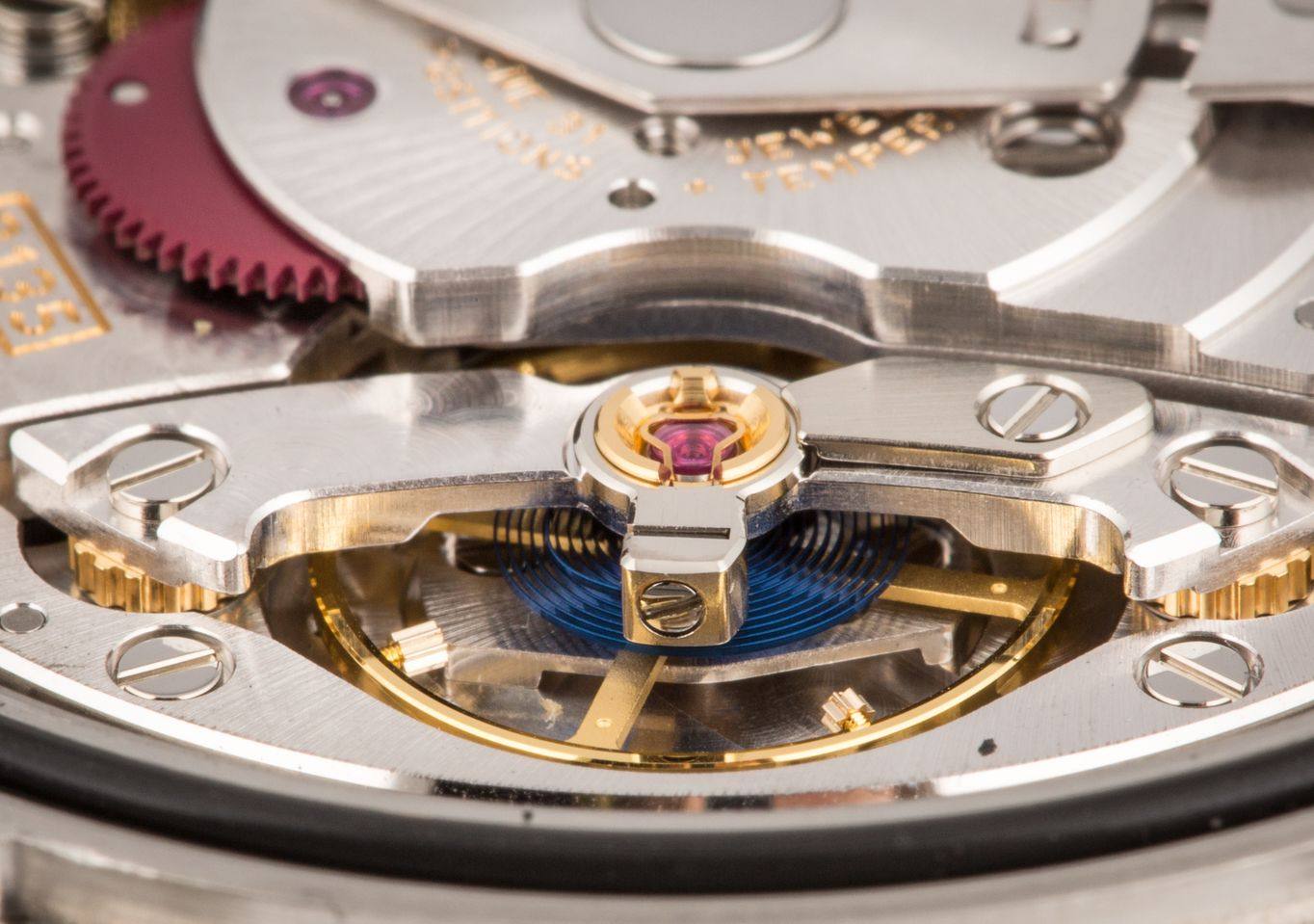For casual Rolex fans, the Explorer may not be the first model to be plucked out of the brand’s substantial tool watch lineup. However, for longtime devotees of the brand, the Rolex Explorer is a highly respected model, despite its rather minimal feature-set. It’s a Rolex that takes a certain amount of time to appreciate – for instance, if money is not an issue, it’s quite uncommon for a first-time Rolex Explorer buyer to opt for the subtle Explorer over the ultra-recognizable Submariner.
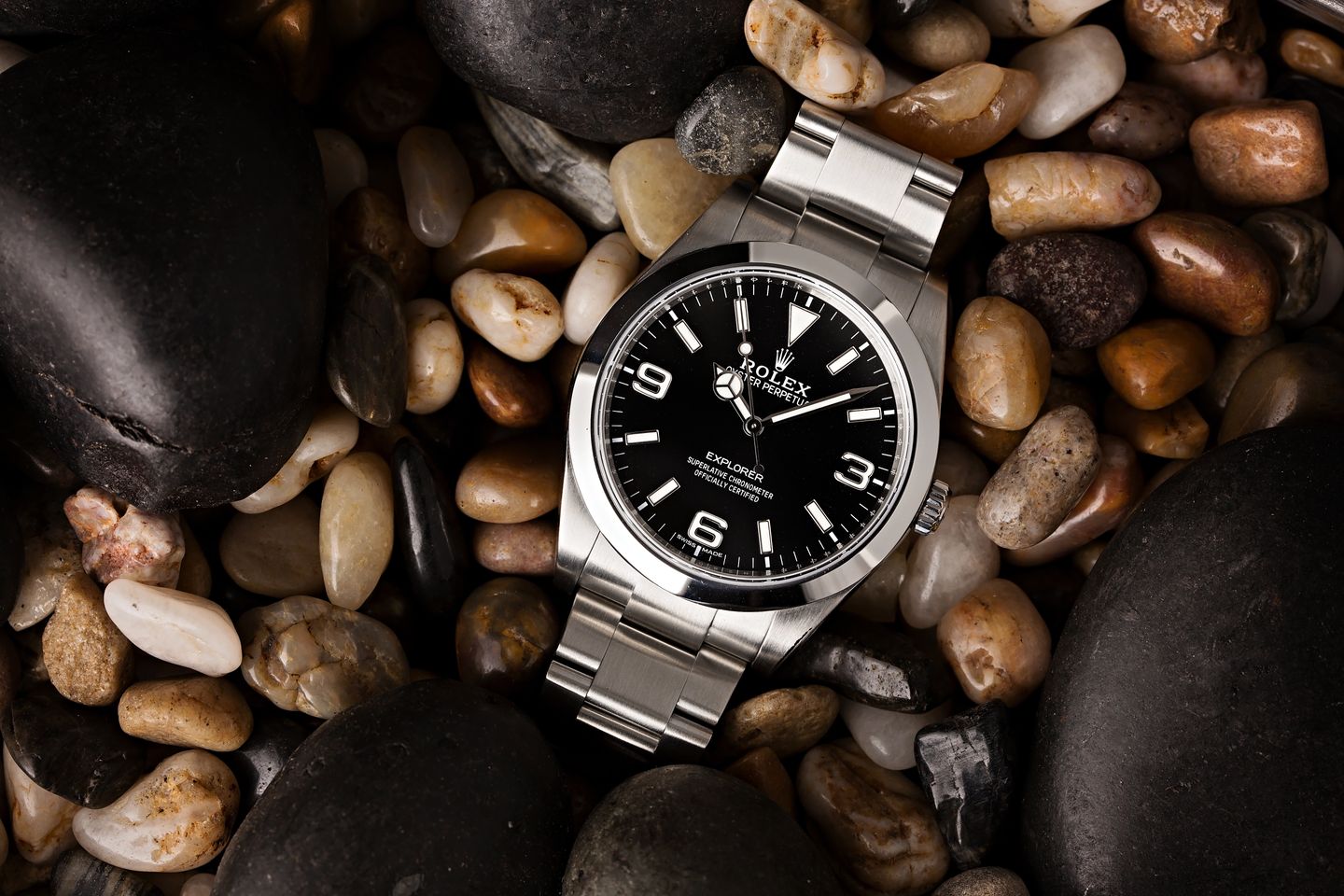
I like to compare it to young chefs, who typically include dozens of ingredients and techniques in their dishes in a bid to prove their worthiness, while older, more experienced chefs are confident enough to just rely on a handful of good ingredients to compose a delicious plate of food. And on the Rolex menu, the Explorer is certainly a delectable choice, proudly without the proverbial foam and spherification action. However, that is not to say that Rolex has not tinkered with the Explorer recipe over the years; they have, and today we’re taking a closer look at the evolution of the Rolex Explorer from the reference 14270 to 114270 to 214270.
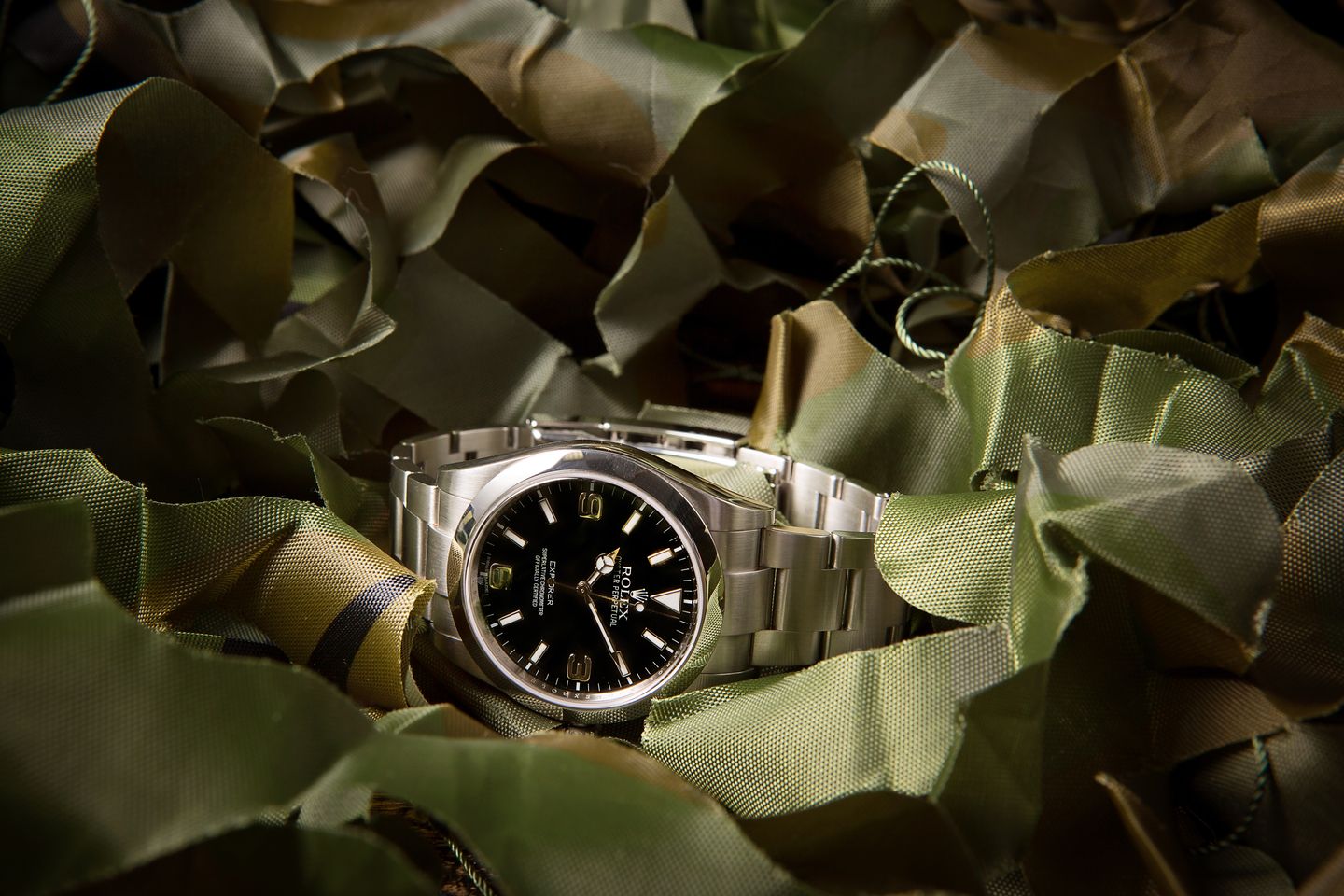
Rolex Explorer 14270 (1989 – 2001)
Towards the end of the 1980s, the Rolex watch brand introduced the Explorer ref. 14270. This then-new model replaced the long-running Explorer 1016, which was in production for roughly 25 years. Consequently, after about a quarter of a century, a few modernization applications were in order. Rolex kept the same 36mm Oyster case size as the preceding model but fitted it with scratch-resistant sapphire crystal instead of one made from acrylic.
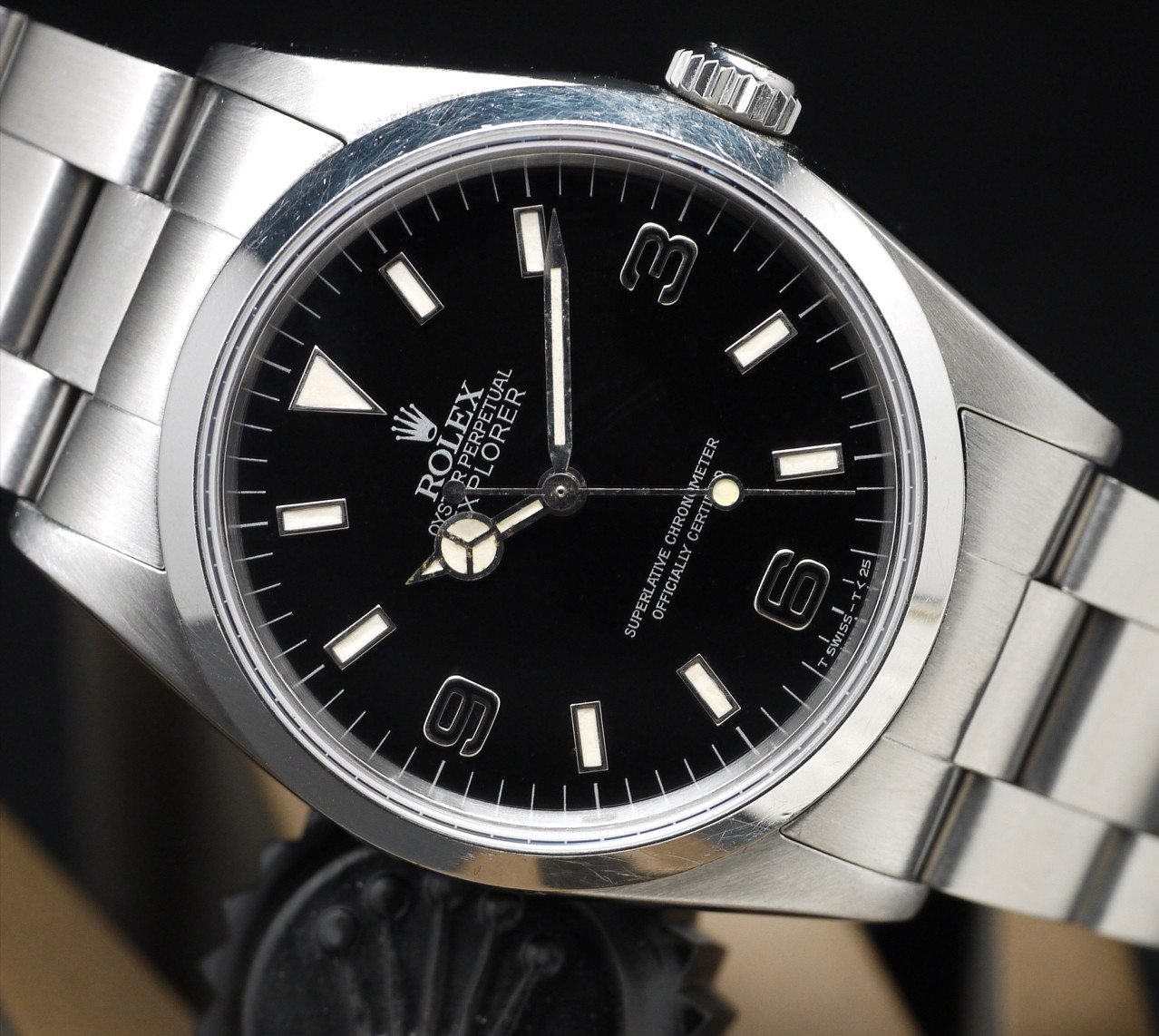
The dial of the 14270 also underwent a facelift, with Rolex opting for a glossy texture for the black background rather than a matte finish like on its predecessor. Of course, the baton hour markers punctuated by the 3, 6, and 9 Arabic numerals that make the Explorer the Explorer remained. However this time, they were applied to the surface of the dial and crafted from 18k white gold, rather than being painted on like in previous Explorer references. Read our full guide on the Rolex Explorer for more details.
Earlier models of the Rolex Explorer 14270 use tritium for luminescence, while later ones (starting around the mid-1990s) feature LumiNova. It’s important to note that the Arabic numerals are not lume-filled so they do not glow in the dark. There’s also a rare version (and thus, a collectible edition) of the Explorer 14270 made for one year from 1990 – 1991, which is dubbed the “Blackout” because the 3, 6, and 9 are filled with black paint instead of white paint.
Additionally, the ref. 14270 Explorer brought about a change inside the watch too, with Rolex replacing the earlier 19,800 beats per hour Caliber 1570 with the higher-beat 28,800bph Caliber 3000.
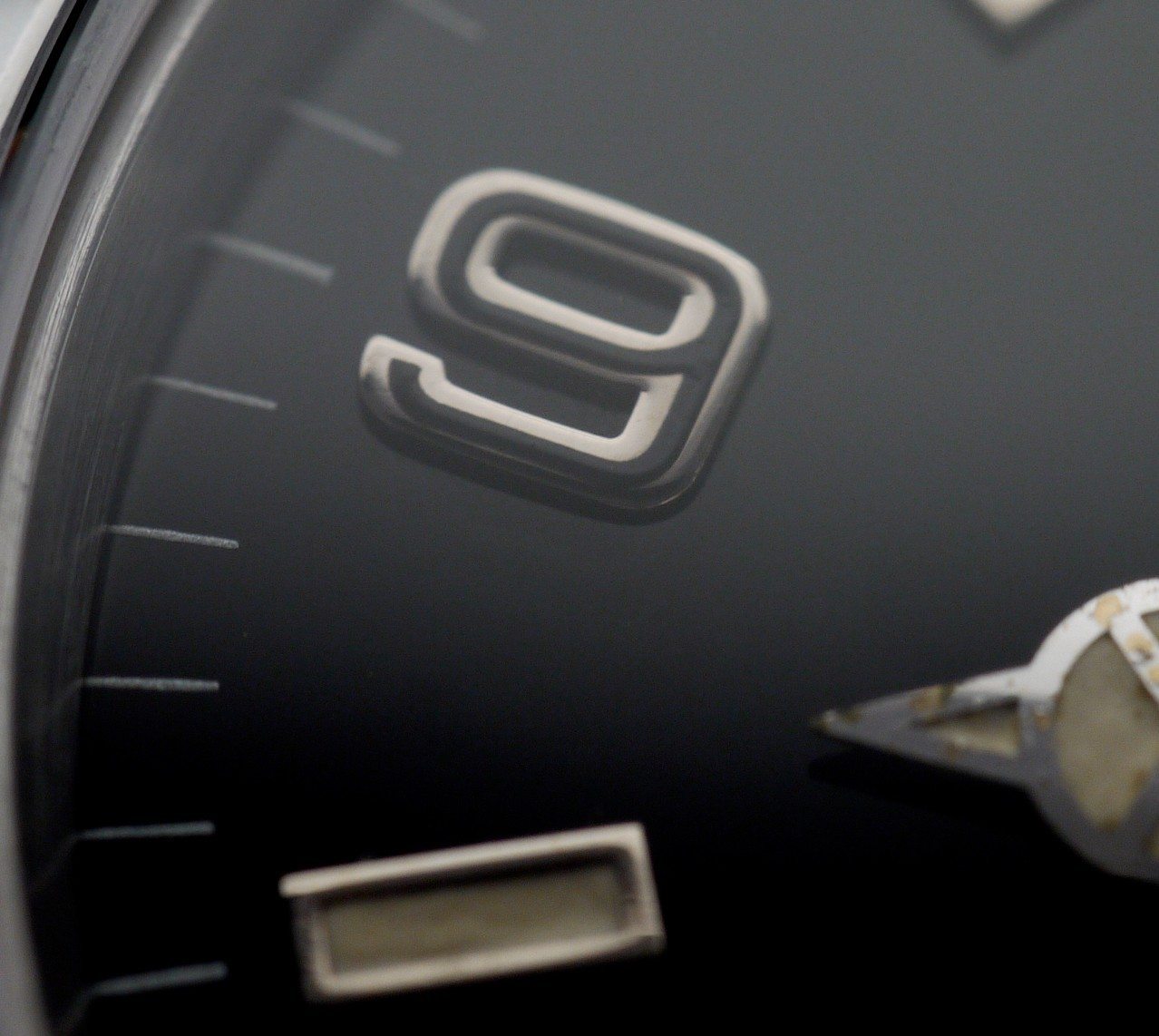
Rolex Explorer 114270 (2001 – 2010)
In 2001, a new Explorer model joined the collection. However, this is a classic example of Rolex creating a new reference to house a new movement and not indulging in much else design-wise. For the new Explorer 114270, Rolex fitted it with the updated Caliber 3130 movement.

On the outside of the Explorer 114270, Rolex did add solid end links to the Oyster bracelet, removed the lug holes from the case, and switched to Super-LumiNova for its luminous material; however, almost everything else stayed the same. That is to say the updated Explorer 114270 sports a 36mm Oyster case that houses a black glossy dial with 18k white gold applied indexes and Mercedes-style hands.
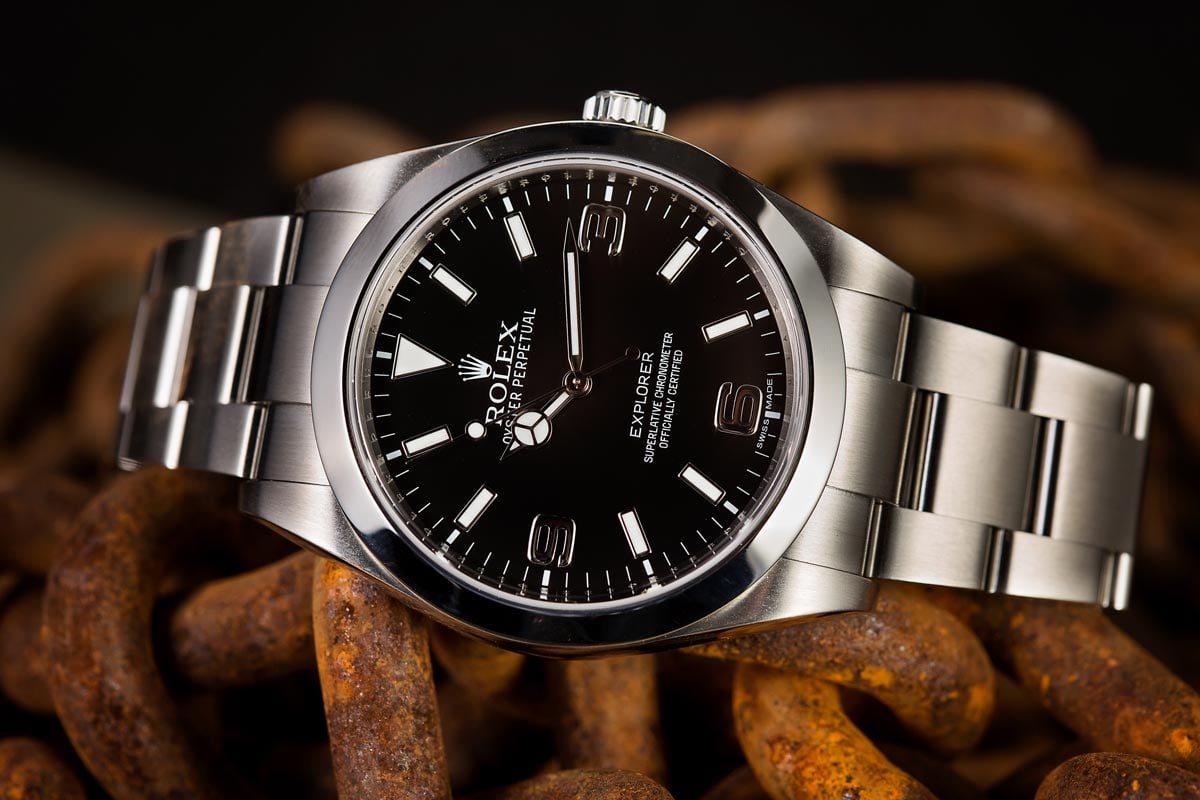
Rolex Explorer 214270 (MK I: 2010 – 2016; MK II: 2016 – Present)
In 2010, Rolex made a big change to the collection when it phased out the Explorer 114270, and presented a brand-new Explorer, which (for the first time in the model’s history) featured a larger 39mm Oyster case. Internally, Rolex also updated the new ref. 214270 Explorer with the updated Caliber 3132 movement, which features Rolex’s new Paraflex shock absorbers.
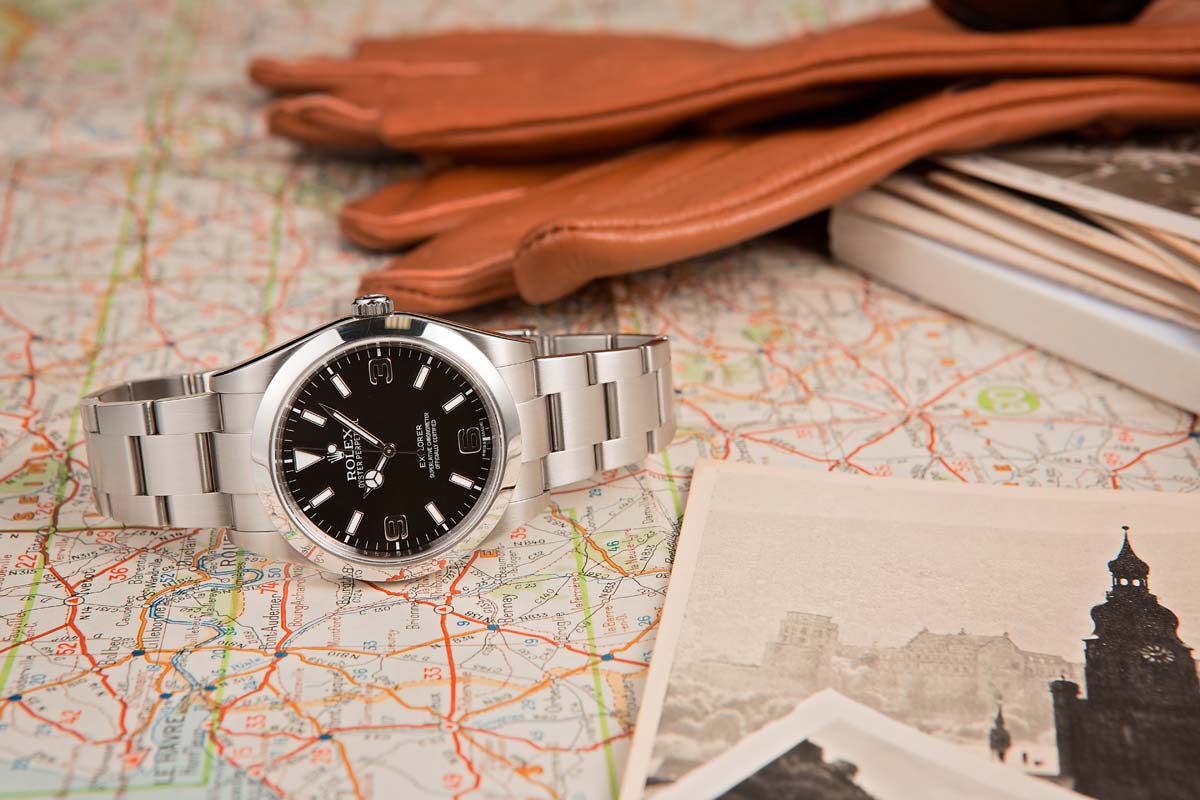
On the dial side, Rolex moved the Explorer name to the bottom half and fashioned its signature trio of Arabic numerals entirely from 18k white gold without any paint filling them. What’s more, similar to other Rolex watches of the era, the rehaut received the ROLEX ROLEX ROLEX engraving (along with its serial number) as an anti-counterfeit measure.
The biggest criticism the 2010 Rolex Explorer 214270 received was in regards to its hands. Many observed that the hands were simply too short for its larger case, and assumed that Rolex had used the same hands as the 36mm version without giving any regard to the fact that the minute hand does not reach the minute track.
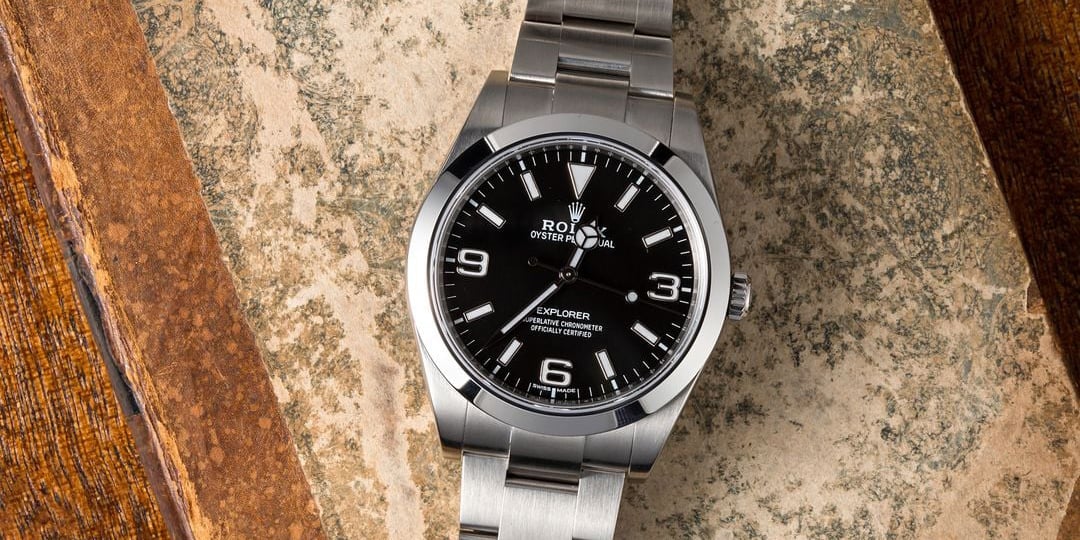
Consequently in 2016, Rolex conceded and gave us the Rolex Explorer 214270 “Mark II” – an unofficial label Rolex collectors like to use to differentiate between variations within the same reference family. (Hint: Rolex mistake + short production run = future collectible). The current Rolex Explorer 214270 “Mark II” not only has better-proportioned hands, but also features a dial that has all of its hour markers finished with luminescent material – including the 3, 6, and 9 Arabic numerals.
While there are those that lament the increased size of the Explorer, many actually prefer the larger case, and feel that it offers more choice for the consumer if they look beyond the current catalog and investigate what’s available in the secondary market. Whether you prefer the original 36mm version or the larger 39mm size, the Rolex Explorer is the perfect expression of when less is more.
